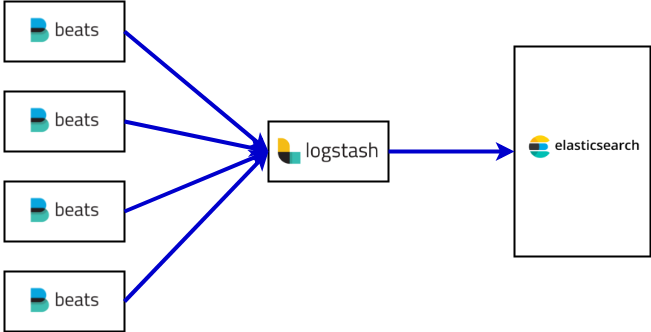

Install Filebeat using Aptįor an easier way of updating to a newer version, and depending on your Linux distro, you can use Apt or Yum to install Filebeat from Elastic’s repositories:įirst, you need to add Elastic’s signing key so that the downloaded package can be verified (skip this step if you’ve already installed packages from Elastic): wget -qO - | sudo apt-key add. However, we recommend Fluentd or FluentBit so that your data collection can remain vendor neutral. You can also use Beats versions earlier than 7.13 to send log data to managed services like Logz.io, which provides log management-as-a-service (based on OpenSearch and OpenSearch Dashboards), so you don’t have to manage the data infrastructure yourself. I will outline two methods, using Apt and Docker, but you can refer to the official docs for more options. It only requires that you have a running ELK Stack to be able to ship the data that Filebeat collects.
FILEBEATS S3 DOWNLOAD
You can download and install Filebeat using various methods and on a variety of platforms. Since Filebeat is no longer vendor-neutral, many engineers are looking to open source alternatives like Fluentd or FluentBit for log collection, which would enable them to easily pivot across observability back ends with minimal reconfiguration. This defeats a key reason why engineers bother with open source telemetry data collection in the first place: to enable the freedom to easily migrate from one observability back-end to the other without having to rip and replace the data collection. Furthermore, Elastic introduced breaking changes to Filebeat, which would prevent compatibility with databases that weren’t Elasticsearch. Sadly, in early 2021, the ELK Stack was closed sourced by the company who maintains the project, Elastic. Filebeat’s complicated history with open sourceįilebeat grew into one of most (if not the most) popular log shipping agents in the world as an open source component that shipped log data to the ELK Stack.

If there is an ingestion issue with the output, Logstash or Elasticsearch, Filebeat will slow down the reading of files. For example, Filebeat records the last successful line indexed in the registry, so in case of network issues or interruptions in transmissions, Filebeat will remember where it left off when re-establishing a connection. Written in Go and based on the Lumberjack protocol, Filebeat was designed to have a low memory footprint, handle large bulks of data, support encryption, and deal efficiently with back pressure. Filebeat was originally most often used in tandem with Logstash – however recent developments have improved Filebeat’s log processing capabilities, making it an appropriate replacement for Logstash in some cases. In an ELK-based logging pipeline, Filebeat plays the role of the logging agent-installed on the machine generating the log files, tailing them, and forwarding the data to either Logstash for more advanced processing or directly into Elasticsearch for indexing. Filebeat, as the name implies, ships log files.
FILEBEATS S3 WINDOWS
Each beat is dedicated to shipping different types of information - Winlogbeat, for example, ships Windows event logs, Metricbeat ships host metrics, and so forth.

What is Filebeat?įilebeat is a log shipper belonging to the Beats family - a group of lightweight shippers installed on hosts for shipping different kinds of data into the ELK Stack for analysis. We’ll also take a look at Logz.io’s Filebeat configuration Wizard, which simplifies implementation. This Filebeat tutorial seeks to give those getting started with it the tools and knowledge they need to install, configure and run it to ship data into the other components in the ELK stack.


 0 kommentar(er)
0 kommentar(er)
